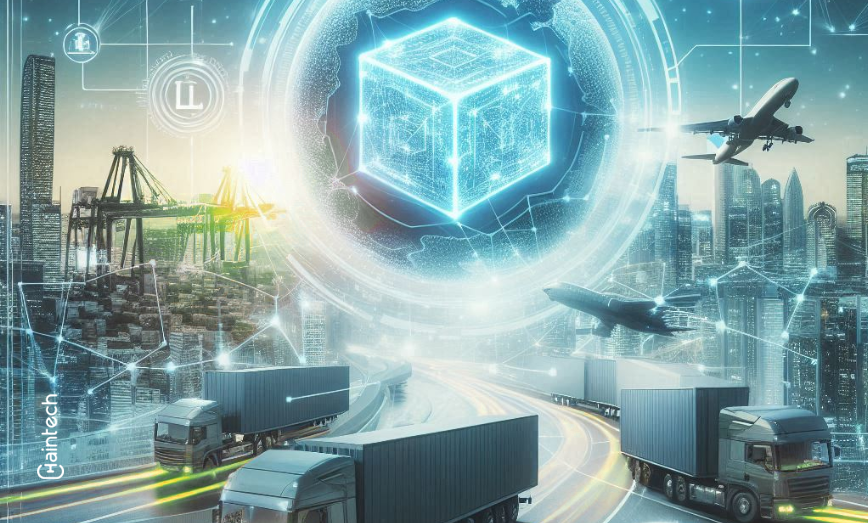What is a Central Bank Digital Currency (CBDC)?

When was the last time you made a cash payment for something? Physical cash is still widely used, although financial shortages and safety concerns during the COVID-19 epidemic have reduced its use. Consumers are increasingly using digital payments. Banks and other financial institutions process more transactions online than at their physical facilities.
Digital disruptors like blockchain and cryptocurrencies have transformed financial services. As a result of these developments, central banks are exploring the potential of digital currencies. One of them is Central Bank Digital Currency (CBDC). This is a government-issued digital currency. Let’s study this payment option and its future effects.
What is Central Bank Digital Currency (CBDC)?
Central Bank Digital Currency (CBDC) is central bank-issued digital money. CBDCs are digital, not monetary. But rather than taking the place of currency, it would complement it by providing a different way to make transactions. Digital wallets store this virtual cash, which can be exchanged between wallets.
CBDCs differ significantly from Bitcoin. Due to their government and central bank backing, CBDCs have a stable value, unlike cryptocurrencies, which are issued privately and can fluctuate greatly. CBDCs are reliable and secure for online transactions. They combine the benefits of digital payments with the security of traditional cash.
Types of CBDCs
There are two primary kinds of central bank digital currencies (CBDCs): wholesale and retail.
Wholesale CBDCs
Wholesale CBDCs provide services to banks and other financial organisations. CBDCs help banks process payments faster. Blockchain technology can improve cross-border transaction reliability and speed. Payment settlement systems work in some currencies and jurisdictions. However, blockchain can improve financial system efficiency by making cross-border transactions more reliable and smooth.
Retail CBDCs
Retail CBDCs are intended for individuals. They’re safe and useful alternatives to real money, working like digital cash. Retail CBDCs, issued and supported by the central bank, offer digital government-backed money. This might provide a modern and efficient payment option for regular use, removing the need for cash and reducing financing costs.
What are the potential benefits of Central Bank Digital Currency (CBDC)?
Digital finance advocates believe Central Bank Digital Currency (CBDC) can solve efficiency, security, and access challenges.
CBDCs may provide these benefits:
Cost savings:
Moving from physical infrastructure to digital finance might save financial-service providers $400 billion a year. CBDCs demand large technology expenditures; thus, these savings must be assessed against them.
Speed:
CBDCs help speed up and streamline electronic payment systems.
Increased Access for the Unbanked:
CBDCs on mobile devices could help financial inclusion by offering banking services. Adoption isn’t certain because unbanked people may prefer cash’s secrecy.
Increased Security:
A mobile-accessible, controlled digital currency might make payments definitive and unchangeable even without a bank account. Private-key cryptography for digital signatures reduces fraud and speeds up transaction finalisation, giving users peace of mind.
What are the concerns about using Central Bank Digital Currency (CBDC)?
Central Bank Digital Currency (CBDC) presents a number of hazards and obstacles in addition to its many potential advantages.
The following are some issues with CBDCs:
Privacy:
In order to monitor and stop financial crimes, CBDCs would need a lot of government control. Opponents contend that this degree of monitoring may violate people’s privacy more than is necessary.
Security:
Much like cryptocurrencies, thieves and hackers may attack CBDCs. To defend against cyber threats, it would be imperative to ensure strong security measures.
Effect on Monetary Policy:
The adoption of CBDCs may have an impact on lending policies, employment trends, interest rates, and the state of the economy as a whole. It’s yet unclear how much of an influence these will have.
Technological Investment:
In order to support CBDCs, countries would need to make investments in the requisite technological infrastructure. Significant financial and technological resources will be required.
Financial Instability:
The current financial system may become unstable due to an abrupt spike in demand for CBDCs. Which might cause possible economic turbulence.
Central Bank Overreach:
Opponents fear that CBDCs could grant central banks excessive influence over the economy.
CBDC vs. Cryptocurrency
Central Bank Digital Currencies (CBDCs) and cryptocurrencies are both digital forms of currency, but they have several key differences:
1. Centralization
Cryptocurrencies:
Bitcoin and other traditional cryptocurrencies are decentralised. No central authority controls currency. Using peer-to-peer transactions, the network functions autonomously. Since transactions are decentralised, no one can control or censor them, giving them anonymity.
CBDCs:
CBDCs, on the other hand, are centralised. The central bank or government issues and manages them, controlling the currency, tracking funds, and even preventing some users from trading. Centralization allows for more management and control, including currency issuance and retirement, monetary policy, and taxation.
2. Underlying Value
Cryptocurrencies:
Virtual currencies like Bitcoin do not have any guarantees from the government or in the form of tangible goods. Instead, users’ faith in the network and its decentralisation give them value. Over time, this trust’s worth might fluctuate greatly.
CBDCs:
It has a more steady value in politically and economically stable circumstances since the government backs it. CBDCs are expected to match the country’s actual currency, decreasing cryptocurrency volatility.
Conclusion
Many countries have already put their central bank digital currencies into use, while many more are investigating or developing them. Providing businesses and customers with privacy, transferability, accessibility, convenience, and financial security is the primary goal of a CBDC.
A CBDC would provide a means of payment, holding money, and bill payment for the many people who lack access to bank accounts globally. Additionally, CBDCs could minimise cross-border transaction costs, lessen the maintenance requirements of complex financial systems, and provide more affordable options to those who now utilise other money-transfer methods.









